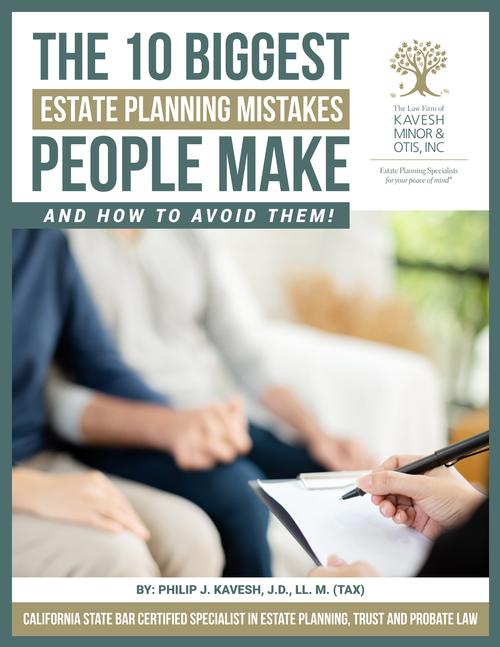A recent case involving artwork by Jackson Pollack is illustrative.
The case before the tax court involved the Estate of James Elkins, as explored by Forbes in an article titled “Only Modest Valuation Discounts Allowed On Estate Artwork.” The details of the case get a little tricky, and not just because it’s a $6 million Jackson Pollack painting, but because the IRS fought the valuation discount claimed. Ultimately, the court awarded a small valuation discount. Even then, however, the common justifications warranting discounts, such as “lack of marketability” and “lack of transferability,” didn’t garner much sympathy. In the end, the modest valuation discount was hard fought and gained only due to the fractured ownership of the painting.
Read the original article to get all of the details, but here are the Cliff Notes taken from the article itself:
In sum, The Estate of Elkins has three lessons for anyone who owns or advises owners of significant collections of artwork.
- Valuation discounting can work with artwork,
- Just plugging artwork into a discounting plan based on lack of marketability and lack if transferability will only generate a modest discount, and
- The safest route for valuation discounting is to have specialized split interest trusts and other discounting methods crafted specifically for artwork, so that the valuation issue is old and cold by the time the estate tax return is filed.
For more information, please visit my estate planning website.







